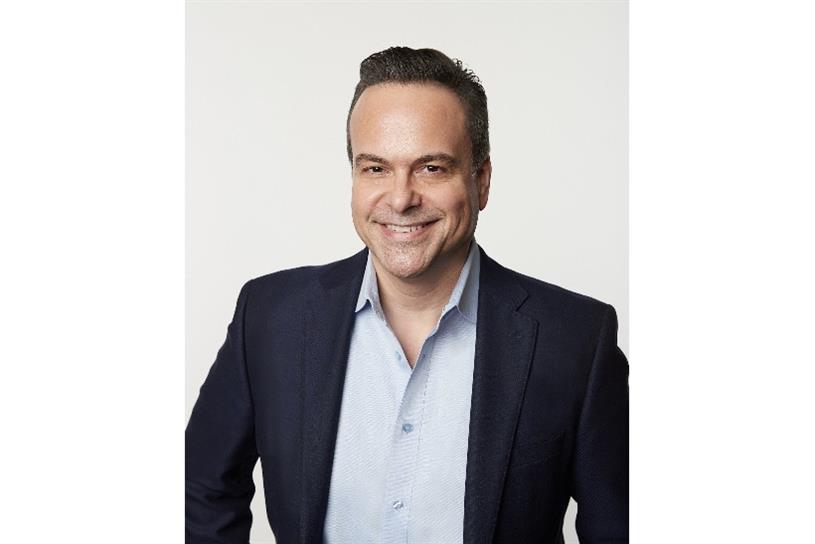In honor of Hispanic Heritage Month, Campaign US is spotlighting Hispanic executives from across the industry. This interview with Jorge Plasencia, co-founder, chairman and CEO of Republica Havas, has been lightly edited.
Campaign US: What is it like to be a Latino/Hispanic in the advertising industry?
JORGE PLASENCIA: I think it’s fantastic, especially when you can bring the whole you to the table. As Hispanic Americans, we represent the duality of our cultures. I am an example of that. I consider myself a “200 percenter,” meaning I fully live my Latin and my American cultures.
Throughout my career, which has included music, sports, and media, I’ve had the opportunity to educate prospective clients, C-suite executives and corporate board members on U.S. Latinos’ collective power and brand loyalty. I enjoy the educational side of my job when with research, insights and facts, clients conclude that we’re a growing demographic worthy of their full attention with dedicated, in-culture marketing and creative strategies, not just ads translated to Spanish from general market creative.
Years back, it was no easy feat to convince clients to enter the Hispanic market. Fortunately, with the explosive census data, our job today has become a bit easier as the proof is in the numbers. That said, we still have to be educators to some extent.
How has the industry changed since you first started?
We launched Republica as a cross-cultural advertising, media and communications agency in 2006. It was the same year that Twitter launched and that Facebook began to reach the masses. We’re a digital and social native agency. In 2006, there were roughly 44 million Hispanics in the U.S. Today, that number exceeds 62 million. That’s a 41% growth in population over 15 years, and it’s projected to skyrocket to 100 million people by 2060.
Recent headlines about the census data show the size of the U.S. Latino population, which will top 100 million people by 2060. It is crucial to understand how to make that cultural connection to the hearts of Hispanics. The good news is that brands are now coming to us. We’ve grown exponentially over the last 15 years.
More than half of our portfolio now includes general market clients, and today we handle initiatives for all multicultural markets. In 2018, we joined forces with Havas, making us their lead multicultural agency. What has not changed is our familial, nimble culture, strong work ethic and entrepreneurial spirit.
How would you like to see brands honor Hispanic Heritage Month this year?
I’d love to see more brands celebrating the richness of the culture and highlighting Hispanics’ achievements to create greater awareness of the prominent role that Latinos are playing and have played in our country’s history. There are a variety of ways companies can authentically do this in their marketing and comms plans, including partnering with national Latino organizations such as UnidosUS, where I served as board chair, or the Friends of the National Museum of the American Latino, where I currently serve on the board.
Corporate America should acknowledge our contributions with greater visibility. In addition to honoring our culture and contributions, having Hispanic representation on corporate boards as well as a commitment to increasing supplier diversity spend with Latino-owned businesses is essential. We have been a certified minority business enterprise for many years, and our client Google nominated us for Corporate Plus status in 2015. Their championing back then was paramount for us to be recognized by other corporations.
Where has the advertising industry made progress with diversity and inclusion? What still needs to be done?
There’s always more room for progress in diversity, equity and inclusion in all aspects of our industry, but we’re beginning to get there. The last year saw a considerable shift in overall awareness and action toward creating an equitable playing field for all. As a member of Havas’ North America DEI Committee, I’ve witnessed the commitment to not only talking the talk but truly walking the walk.
DE&I is now front and center in all NA objectives, business planning, and goals. Specifically at Republica Havas, as a Hispanic-founded agency, diversity runs deep in our DNA. Our employees represent over 25 nationalities and five languages. Those different perspectives are vital in a creative industry. The Greater Good, our employee-led DE&I committee, ensures that we’re building connections, acceptance and support for all our people. We have many efforts, including a successful and meaningful mentorship program where our team members work with Hispanic and African American/Black college students. Talk about paying it forward. I believe our commitment to DE&I sets us apart and is one of the reasons why we were recently named one of South Florida’s top workplaces by the Sun-Sentinel, amid the pandemic.
What is something you love about your culture?
So much! I especially love our love for celebrating life. Our food, the arts, the music, the dancing. There’s so much to Latin culture. I love learning about the differences and similarities in the folklore of our Latin American countries. The tapestry of customs and traditions runs very deep. Latin culture prioritizes family, faith and connectedness. That has been the backbone of Latin life for centuries across all nationalities. I think that’s a real strength.
How would you like to see your culture represented in the industry and by brands?
There’s still a prevailing myth that we’re one big monolithic group. The Hispanic population comprises many races, ethnicities, age groups, language preferences, religious and political affiliations and so on. While there are undoubtedly significant common cultural threads that connect us and which we celebrate, there are differences among us. It would be great to see brands activate more targeted recognition of the different sectors within the Latino population. I think we’re heading toward that simply because of the sheer size of the Hispanic demographic, yielding larger investments for more targeted initiatives. Latinos themselves are starting to expect it.


























